A few years ago, on my right leg, I saw something I was hoping I would never see – small spider veins, which would have probably eventually turned into bigger varicose veins, had I not taken action to fix it – which I’ll be discussing today in a few minutes.
And spider veins are basically a milder form. They’re smaller. And may eventually turn into bigger varicose veins.
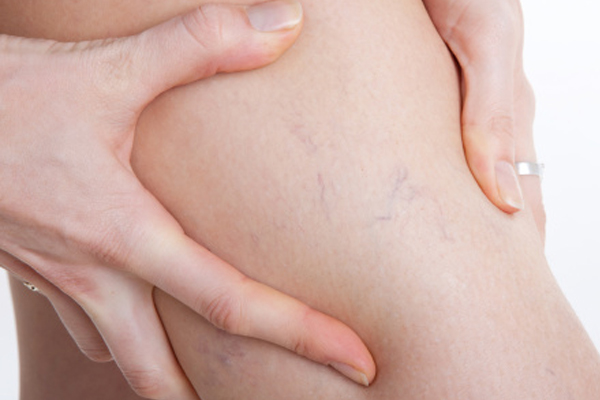
Why did this happen to me?… Because I’m getting older and mostly due to my lame genetics.
Both my parents have varicose veins. Not that many, but they have them.
But I’m bringing up this topic about varicose veins because:
- They don’t look good, especially if you’re a woman and you want to show of your legs, like wearing skirts, dresses, and so forth. And they look worse if your skin is really white.
- They are a sign of poor blood flow and pressure build-up, which can lead to “venous insufficiency”. Thus, reducing blood flow throughout your body, especially to your heart.
So, whether it’s for vanity or longevity, varicose veins are NOT good.
And today I’ll quickly discuss the cause and different solutions, so you can help prevent, reduce, and even erase varicose veins.
I’m going to tell you what I did because the good news is that my spider vein has decreased and thus, hasn’t grown. Plus, I have nothing new – so it’s all going in a positive direction.
What’s The Cause Of Varicose Veins?
The main cause of varicose veins is pressure and poor blood flow, which damages the vein walls and valves. Blood circulation to the heart is restricted and slowed down. This can cause the blood to build up in certain places and thus, the veins grow larger, and become distorted, resulting in varicose veins.
Of course, genetics plays a key role in everything. But, other lifestyle factors can cause or trigger it.
- Age
- Sitting or standing for long periods of time
- Lifting heavy weights for many years
- Pregnancy
- Being overweight
- An inflammatory diet
- blood pressure problems
- Smoking
- Not exercising or moving much
Basically, anything that causes pressure and restricts blood flow.
How Can You Tell If You Have Varicose Veins?
The most obvious way to know if you have spider or varicose veins is to just look at your skin. Typically they come out in your lower body – such as your legs and calves.

Hemorrhoids are also a type of varicose vein that develops in the rectum.
Typical signs and symptoms include:
- bulging, bluish veins;
- swelling;
- aching pain;
- a feeling of heaviness in the legs and feet;
- itching;
- changes in skin color;
- and nighttime leg cramps.
How To Prevent & Improve Varicose Veins, Naturally
So, let’s say you have a family history of it like I do and you want to prevent varicose veins. Or, you have a couple and you want to reduce it and also prevent future ones, what should you do?
Let me share simple solutions you can implement today and also what I did.
Exercise
Exercise regularly and the best form would be brisk walks. All you need is 10-15 minutes, 2-3x daily. It’s easy and can be done anywhere at any time.
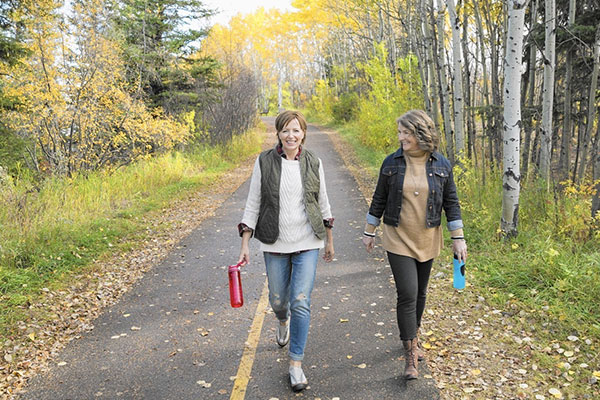
ME: I started doing this myself. I do it before or after a meal.
Elevate
Keep your legs elevated whenever possible. This is hard to do, but taking breaks throughout the day for a few minutes and putting up your feet will help.
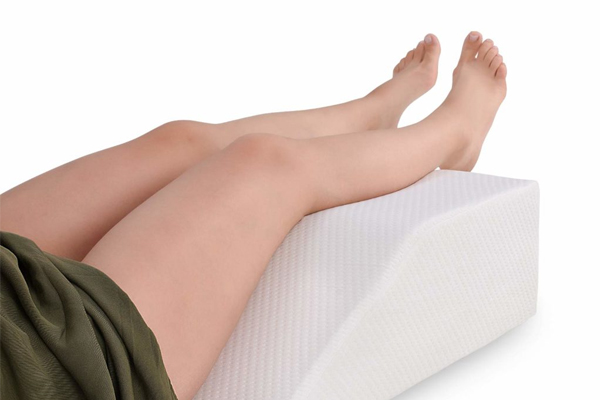
ME: I put a small pillow under my calves or knees in bed while sleeping. So, my legs were elevated all night long. It’s also great for my lower back and herniated discs.
Move Every 30-60 Minutes
Don’t sit or stand for long periods. Every 30-60 minutes, go move around. Walk up some stairs. Do 10-20 bodyweight squats. Just move and get more blood flow.
ME: I used to sit for 2-3 hours at a time while working on a project. I now get up every 30 minutes or so, walk around, go outside, get a glass of water or something.
Don’t Cross Your Legs
When you sit, don’t cross your legs. This is easy for men, but not always possible for women.
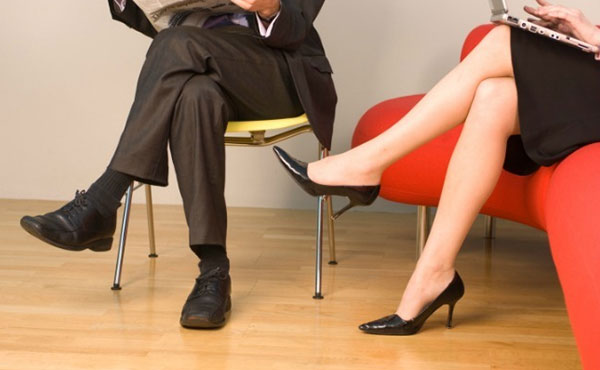
Compression
Wearing compression stockings/socks on your lower legs helps as well.
Lose Weight
Losing weight is very important. Being overweight puts pressure on your entire body.
Improve Blood Flow
Improve your blood flow and circulation. You can take specific vitamins, minerals, and amino acids that are proven to improve circulation and thus, reducing the size and severity of varicose veins. There’s more information about a list of the best vitamins and supplements for this, in the link below.
ME: I started taking Blood Flow Optimizer when this started. My parents have been taking it for over 10 years with great results. So, I started it as well. Within the first bottle, I noticed improvements – better pumps in the gym, erections, and mental clarity.
Surgery & Medical Options
Lastly, you can do surgery, laser, or other medical options to help remove varicose veins. This is especially important if you have a lot of varicose veins, especially large ones.
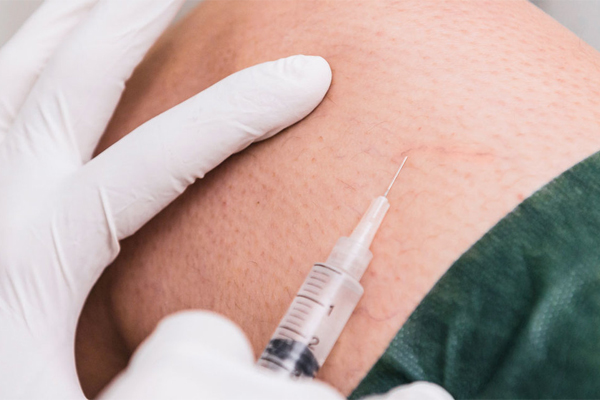
- Sclerotherapy – destroys varicose veins by injecting them with a solution called a sclerosant. The sclerosant scars the vein and causes it to collapse, forcing blood to reroute to healthier veins. Your body eventually destroys the veins and they disappear over time. This type of procedure is typically used to treat small varicose veins located close to the surface of the skin called “spider veins” and to improve the appearance of the leg.
- Radiofrequency and Laser Ablation – your doctor will numb the vein and use either radiofrequency or laser to “kill” the veins. This takes a few weeks or months before results are seen.
However, even when you do one of these medical procedures, because of your genetics, new varicose veins will continue to come up as you age.
So we go back again to improving your lifestyle and utilizing the “prevention” tips I mentioned, to help avoid future spider and varicose veins… or to reduce them, as I did.
Again, it’s all about improving your blood flow and circulation.
And for more details about this topic, make sure you visit the special link that I have for you.
- Mayo Clinic Staff. (2016, Jan 5). Sclerotherapy
mayoclinic.org/tests-procedures/sclerotherapy/home/ovc-20167803 - Varicose vein service. (n.d.)
newcastle-hospitals.org.uk/services/surgical__vascular-surgery_varicose-vein.aspx - Varicose vein treatment (endovenous ablation of varicose veins). (2013, March 7)
radiologyinfo.org/en/info.cfm?pg=varicoseabl - Khilnani, N. M. (2016, Jan 15). Varicose vein treatment with endovenous laser therapy
emedicine.medscape.com/article/1815850-overview - Gelman S. (2008). Venous function and central venous pressure: A physiologic story. DOI: 10.1097/ALN.0b013e3181672607
- How can varicose veins be prevented? (2014).
nhlbi.nih.gov/health/health-topics/topics/vv/prevention - Mayo Clinic Staff. (2016). Varicose veins: Overview.
mayoclinic.org/diseases-conditions/varicose-veins/home/ovc-20178078 - Mayo Clinic Staff. (2016). Varicose veins: Self-management.
mayoclinic.org/diseases-conditions/varicose-veins/manage/ptc-20178147 - Mayo Clinic Staff. (2016). Varicose veins: Treatment.
mayoclinic.org/diseases-conditions/varicose-veins/diagnosis-treatment/treatment/txc-20178245 - Tuchsen F, et al. (2005). Prolonged standing at work and hospitalization due to varicose veins: A 12-year prospective study of the Danish population. DOI:
10.1136/oem.2005.020537 - Varicose veins (n.d).
hopkinsmedicine.org/healthlibrary/conditions/cardiovascular_diseases/varicose_veins_85,P08259/ - Varicose veins in pregnancy (2015).
nhs.uk/conditions/pregnancy-and-baby/pages/common-pregnancy-problems.aspx#Varicoseveins - Varicose veins: Overview (2016).
ncbi.nlm.nih.gov/pubmedhealth/PMH0072431/ - What are varicose veins? (2014).
nhlbi.nih.gov/health/health-topics/topics/vv
